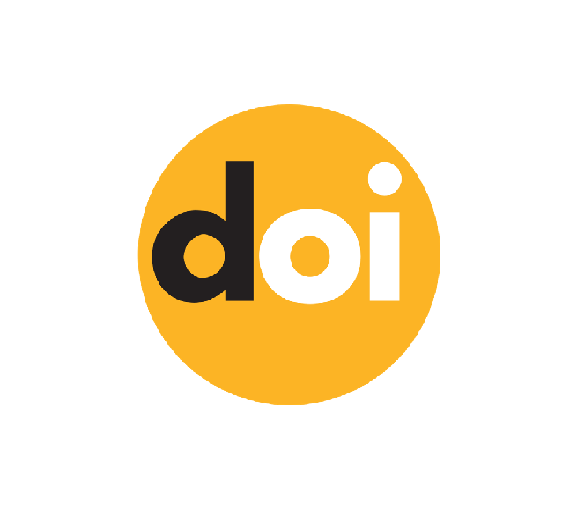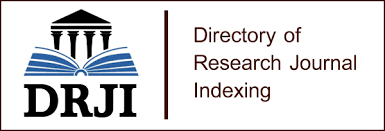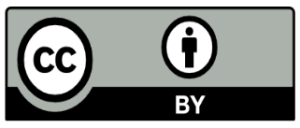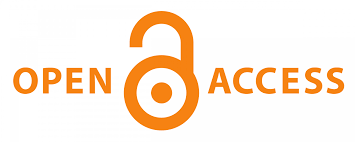PUTTING EMPATHY AT THE CENTER OF INSTRUCTIONAL DESIGN PROCESS IN EARLY CHILDHOOD: DISMANTLING AND RE-CONSTRUCTING PERSONAS
DOI:
https://doi.org/10.55327/jaash.v8i1.247Abstract
Putting empathy at the center of instructional design process is considered to result in superior learning experiences for learners as the materials designed this way address their specific learning and developmental needs. Designing with empathy requires the use of realistic personas in order to keep the exercise focused, and to enable the designer to “walk in the shoes†of the intended learners. But personas are versatile constructs that need to be constantly revised and updated to reflect the evolving needs of the people they represent. This is particularly true in early childhood where changing environmental factors due to the restrictions imposed by the covid-19 pandemic have led to changes in the social development of preschoolers, changes in teaching strategies, and a requirement for a dispersed, individually-focused approach to teaching and learning. The framework proposed here will enable instructional designers to construct relatable personas that reflect realistic learner needs as well as identify pain/need areas in individual learners that would require that materials and teaching strategies be tailored to address them.
Downloads
Published
How to Cite
Issue
Section
License
Copyright (c) 2022 Dimpho Kgakgamatso Ramagonono

This work is licensed under a Creative Commons Attribution 4.0 International License.
Copyrights for articles published in Journal of Asian and African Social Science and Humanities are retained by the authors, with first publication rights granted to the journal. The journal/publisher is not responsible for subsequent uses of the work. It is the author's responsibility to bring an infringement action if so desired by the author.
Articles published in Journal of Asian and African Social Science and Humanities are published under the Creative Commons Attribution (CC-BY) license, which permits others to distribute, remix, tweak, and build upon your work as long as they credit you for the original creation.
Â














